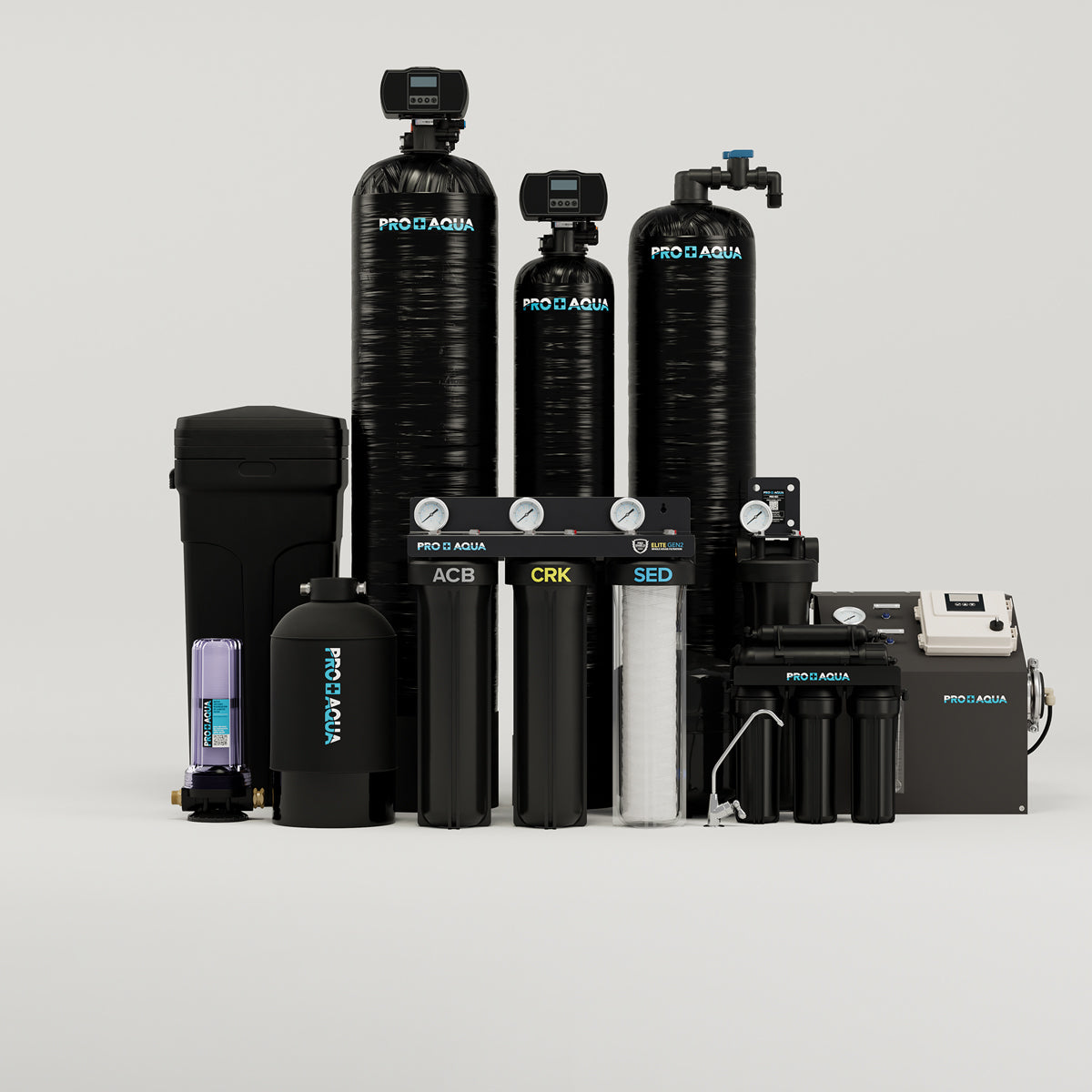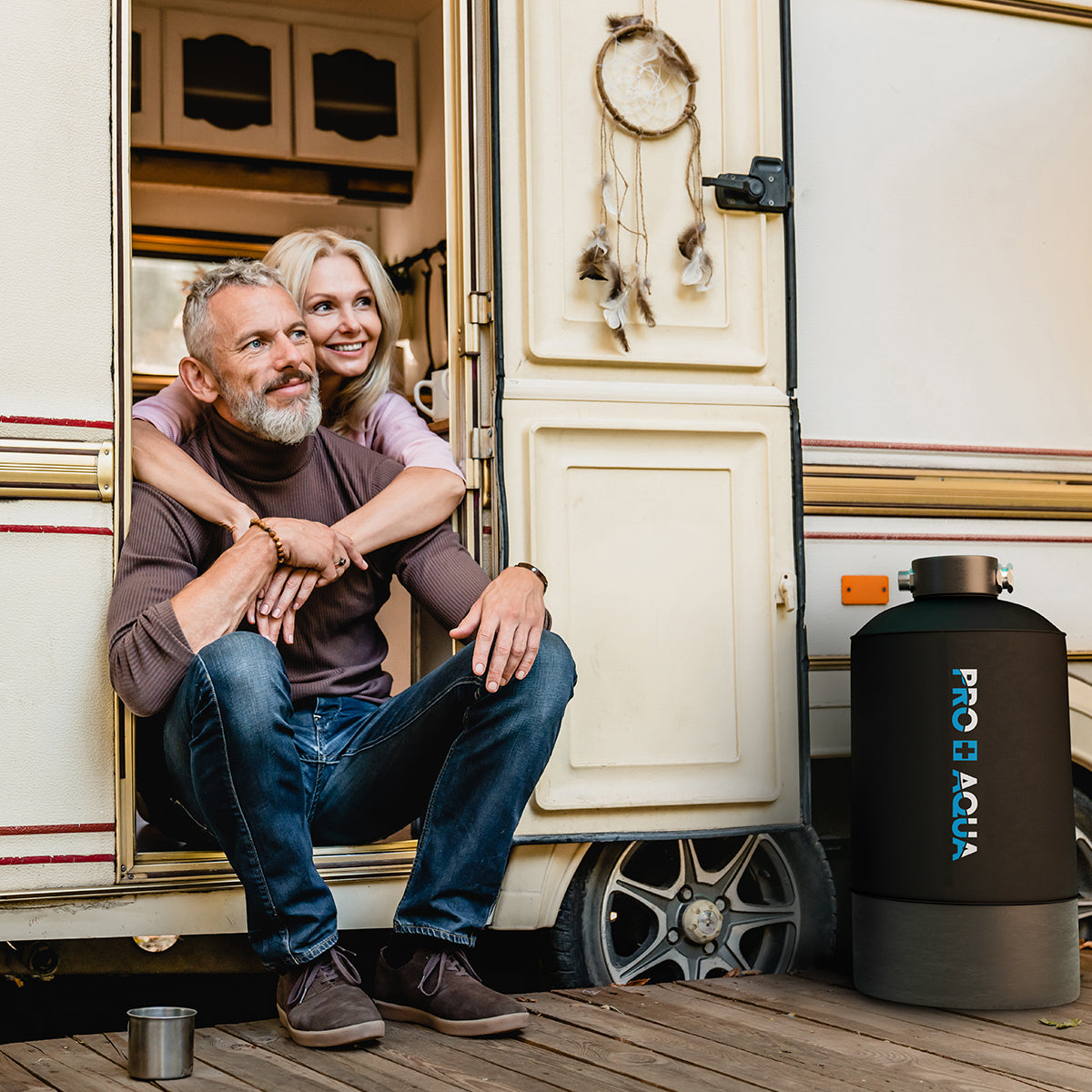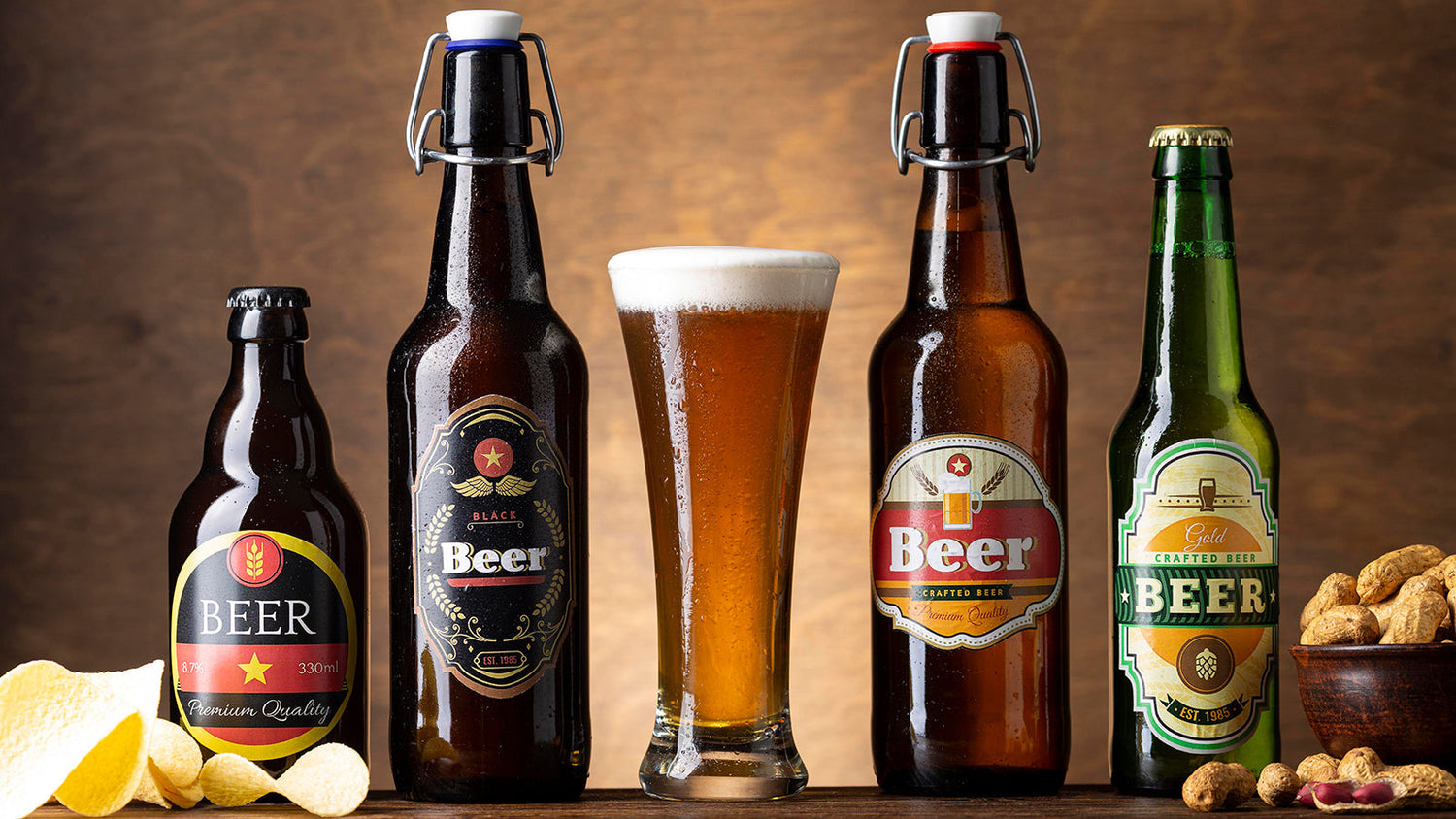Beer aficionados know that water is crucial to beer. As the biggest ingredient by volume in beer, water, and its properties – dissolved minerals and other suspended substances -- affect the flavor profile. The distinctive characteristics of the water used in beer brewing have led to distinctive flavors on the local and regional levels. Today’s brewers have incredible control over water characteristics and their influence on beer flavor profiles, thanks to commercial reverse osmosis water filtration systems. With these water filters, brewers are able to maintain the distinct profiles that make their beer stand out in a competitive marketplace as well as to ensure consistency from batch to batch.
Dissolved Minerals: The Key to Beer Flavor Profiles
Ask any beer expert and they will tell you that each beer-producing region has its own unique flavor profile. Brewers have traditionally used water supplies local to them; these water supplies have certain levels or concentrations of dissolved substances that influence flavor. For example, the city of Dortmund in Germany has high levels of calcium and chlorides. This is characterized as “hard” water. Lagers produced in the Dortmund area have a distinct crispness heralded by beer fans around the world.

By contrast, water supplies with fewer minerals produce beers with different flavor profiles. The city of Plzen in the Czech Republic is a perfect example. Plzen is the home of the ubiquitous “pilsner” style of beer, which is lightly flavored and refreshing on warm summer days. These beers were originally produced with water low in carbonates and sulfates, or “soft” water.
Brewers are able to duplicate the distinctive flavor profiles of beers from around the world by carefully monitoring and metering dissolved minerals in the water they use in the brewing process. A reverse osmosis water filtration system suited for commercial use is key in achieving the desired flavor profile.
What Dissolved Minerals are Found in Water?
Minerals are found in various concentrations in the world’s water supplies. Water with high levels of dissolved minerals is referred to as hard water, while lower concentrations of minerals lead to soft water. Hard water is higher on the pH scale or alkaline in nature. Soft water tends to be lower on the pH scale, making it more acidic. pH and mineral levels can have subtle effects on water flavor profiles – or the effects may be profound.
Water hardness is determined by the amount of calcium and magnesium carbonates found in the water supply, whether it is from a municipal water treatment system or pumped from a well. These carbonates are not the only minerals or dissolved substances found in water supplies. Other substances may include:
- Sulfates
- Salts
- Chlorides
- Bicarbonates
- Chloramines
- Manganese
- Iron
- Nitrates and nitrites
Minerals in water occur naturally through the action of rainwater percolating through or flowing over rock. As the water flows over or through these geological formations, they pick up minerals. Minerals and other substances, including contaminants like heavy metals, pesticide residues, or petroleum products, can also find their way into the water supply through runoff from agricultural or industrial operations.

What’s in a Water Profile?
Brewers take great pains to produce beers with distinctive flavors. Some may be mimicking traditional or historic flavors, while others attempt to produce new flavors. Beers of the world possess many flavor profiles, such as:
- Bitterness in dark stouts and ales.
- Hoppy flavors in Dortmund-style lagers.
- Crisp, light flavors of pale ales, and beers.
- Smooth finishes of light malts.
- The bold richness of porters and dark ales.
By altering the water chemistry and its ion profile, brewers have incredible control over the resulting beer flavor profile. This alteration comes from filtering the water through a commercial reverse osmosis system, which is equipped with monitoring gauges and metering systems to achieve the perfect water profile.

What is Reverse Osmosis?
Osmosis is a natural cellular process where fluids of lower concentrations migrate through the cell walls to areas of higher concentration in order to achieve balance. Reverse osmosis uses mechanical means to pass water supplies under pressure through a semipermeable membrane. The membrane has millions of sub-microscopic pores which allow the water to pass through while trapping dissolved minerals and contaminants.
How small are the pores in a reverse osmosis system? Most reverse osmosis filters are equipped with membranes with pore sizes of about 0.0001 microns, or one ten-millionth of a millimeter. These tiny pores are able to trap suspended solids, dissolved minerals, and contaminants that can affect water flavor. In breweries, the flavor of the water has a significant influence on the beer’s flavor profile.
Commercial Reverse Osmosis Systems
Breweries depend on water quality and water profiles to produce beers with distinctive flavors. By altering the chemistry of the water used in the brewing process, these flavors can be reproduced consistently. To gain control over the water profile in water supplies, brewers around the world rely on commercial reverse osmosis water filtration systems.
Commercial reverse osmosis systems are equipped with precision flow meters and valves, giving brewers impressive control. Water may be blended by mixing filtered water with unprocessed water directly from the water supply to achieve the desired mineral profile for brewing. The largest commercial systems can produce up to 1000 gallons per day of pure water for use in brewing operations.
Brewers are not the only users of these commercial-grade reverse osmosis systems. Systems are also in use by:
- Bakeries
- Food production facilities
- Restaurants
- Ice makers
- Pharmaceutical companies
- Coffee/tea shops
- Hydroponic agriculture operations
Water can be pre-filtered before entering the reverse osmosis chamber. Some brewers or other commercial users prefer to filter the water again after it has been processed by the reverse osmosis system. Under normal operating conditions, a reverse osmosis system can remove 99% or more contaminants from water supplies. With this incredible amount of control, brewers can achieve distinctive and reproducible flavor profiles in their beers.







Leave a comment
This site is protected by hCaptcha and the hCaptcha Privacy Policy and Terms of Service apply.